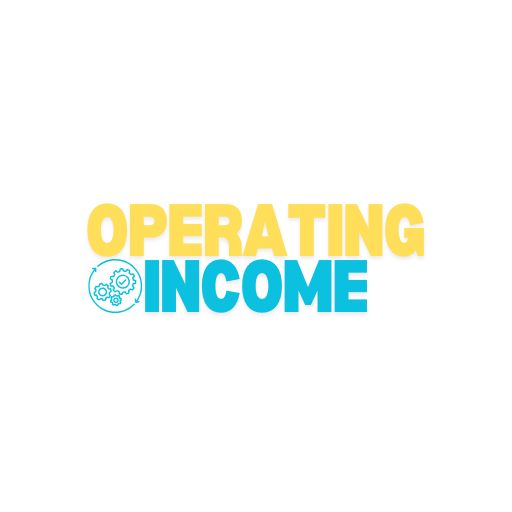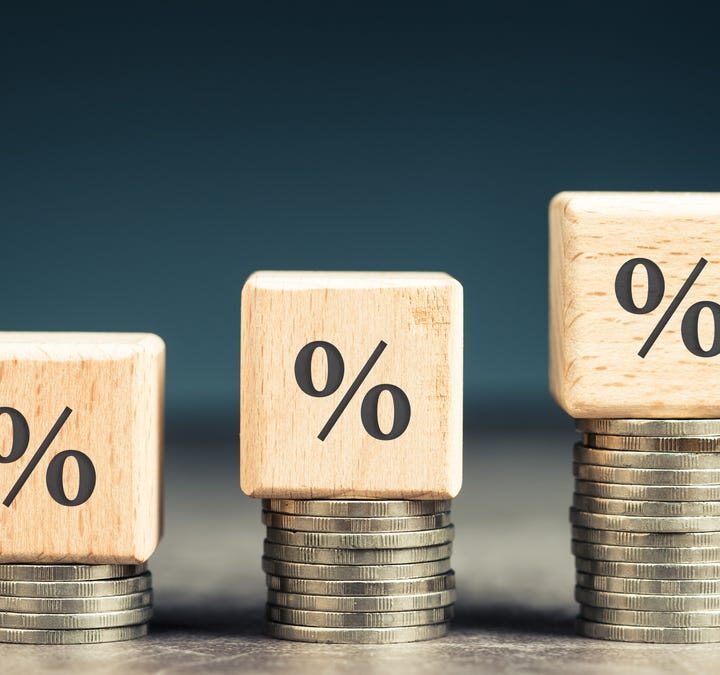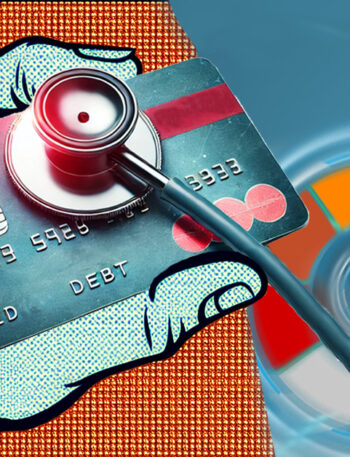Your payment history is the biggest factor in determining your credit score, but along with total credit available, mix of credit types and credit history, there’s another critical component of your credit profile that you need to be aware of — your credit utilization ratio.
Representing the percentage of your total available credit that is currently in use, credit utilization can impact anywhere from 10-30% of your credit score. And if your credit limit is relatively low, it shouldn’t cost you too much to bring down the ratio to build up your credit score.
If you’re not sure exactly how the credit utilization ratio works, don’t worry. We’ll help you understand the impact of the ratio on your credit score and provide you with tips and tools to reduce your credit utilization and increase your credit score. For more, check out these secret tips for keeping a credit score above 800 or learn about the three major credit bureaus and how they operate.
What is a credit utilization ratio?
Your credit utilization ratio is the percentage of your available credit that you are using. For a basic example, if you have one credit card with a $1,000 limit, and your current balance is $200, your credit ratio is $200 / $1,000, or 20%.
VantageScore will consider only revolving credit, or credit card accounts, in the calculation of your credit utilization ratio. FICO will consider your credit ratio as part of its “Amounts Owed” category, which is how much debt you have in total.
It’s important to remember that VantageScore and FICO monitor your total credit utilization (using balances and credit limits for all your credit cards) as well as the ratios for each of your individual accounts. If your overall ratio is moderately low, but you have one card maxed out, that could bring your credit score down.
Perhaps more important is that credit bureaus don’t calculate your credit utilization ratio using your current credit card balances. They calculate it using the account balances that your credit card issuers report to the credit bureaus. Each issuer has its own system, but the reported numbers are often the balances from your monthly statements.
Even if you’re paying off your credit card balances every month, if you have a high credit ratio at any time during your billing cycle, it could hurt your credit score.
What’s a good credit utilization ratio?
“It’s commonly recommended that your credit card balances are kept at or below 30% of your assigned credit limit,” Bruce McClary, senior vice president of the National Foundation for Credit Counseling, told CNET.
According to CBS News MoneyWatch, a credit utilization ratio of 50% or higher could ding your score 50-100 points, and a maxed-out ratio of 90% or more will potentially lower it by 100 points or more.
While 30% or less credit ratio is the general guideline, those who want excellent credit scores will need to keep it even lower. According to credit rating company Experian, “If you’re focused on having excellent credit scores, a credit utilization ratio in the single digits is best.”
“The truth is, the lower your balances the better. The more you carry, the more it might lower your score,” Todd Christensen, education manager at Money Fit, told CNET.
But you shouldn’t aim for a credit ratio at 0%. Experian also says, “the only way to be sure you have 0% utilization all the time is to refrain from using your credit cards at all,” which could result in an issuer closing your account, reducing your available credit and increasing your ratio.
How can I lower my credit utilization ratio?
Since credit ratio is an expression of money borrowed divided by credit limit, the main ways to decrease that ratio are to lower your debt and increase your credit limit. Here are the best ways to accomplish that.
Pay your credit card bill twice a month, or even more
Credit card companies report your balances to credit bureaus on a regular basis, and that number often comes from your credit card statements. Even when you’re paying off your credit card bill every month, if your statement shows a balance that’s a high percentage of your credit limit, your credit score will suffer.
If you use your credit card frequently, consider paying it off twice a month, or whenever your balance approaches 30% of your credit limit. Online credit card accounts make it easy to make or schedule as many payments as you’d like, and you can set up notifications (see below) for your balances.
If you’ve got a $1,000 limit and spend $900 a month on your card, a 90% credit utilization ratio will almost certainly ding your credit score. If you pay it off as your balance hits $300, or three times a month, your credit score shouldn’t be hurt by a high ratio.
Create credit card balance notifications
Most credit cards now let you create alerts online for your account, including the amount of your balance. These can be emails, text messages or alerts through your credit card’s website.
To protect your credit ratio, set up a notification for whenever your balance reaches 25% of your credit limit. That balance level will give you some padding to make sure that you stay below the recommended 30% ratio.
Ask for a higher credit card limit
Increasing your credit limit will help reduce your credit ratio because the amount you owe is now a smaller percentage of the maximum you can borrow. It’s easy to request a credit card limit increase — just call the phone number on the back of your card and talk to a representative.
Before you ask for a higher limit, however, keep a few things in mind. This strategy only works if you don’t increase your balance owed. If a higher limit is going to tempt you to spend more, you might want to reconsider.
Also, ask your credit card representative if the company will run a hard credit check before approving your request. Although a higher limit will help your ratio, a hard inquiry could ding your credit score by five to 10 points for a year or so.
Keep old credit cards and use them a little
If you have older credit cards that you don’t use much or at all, don’t cancel them. You’ll only reduce your overall credit availability and hurt your credit ratio, as well as your average age of credit.
However, if you don’t use a credit card at all, the issuer may cancel it for lack of activity. Instead, use old cards sparingly, such as a purchase every few months, in order to keep your accounts open and your total available credit high.
Once you know the principles behind credit utilization ratio you can use these tactics to decrease your ratio and bolster your credit score.
For more, check out our best credit cards for building credit.





